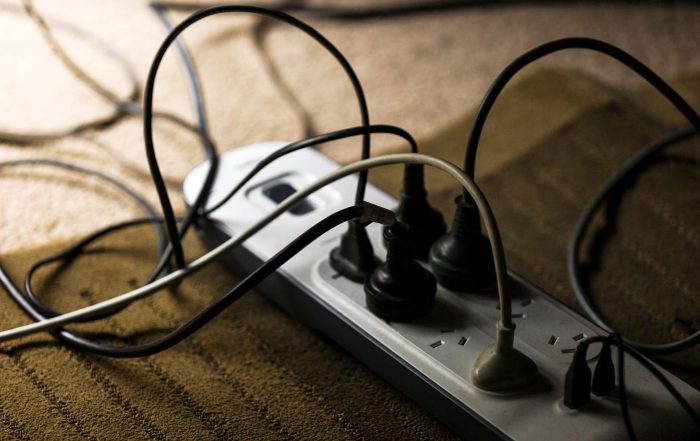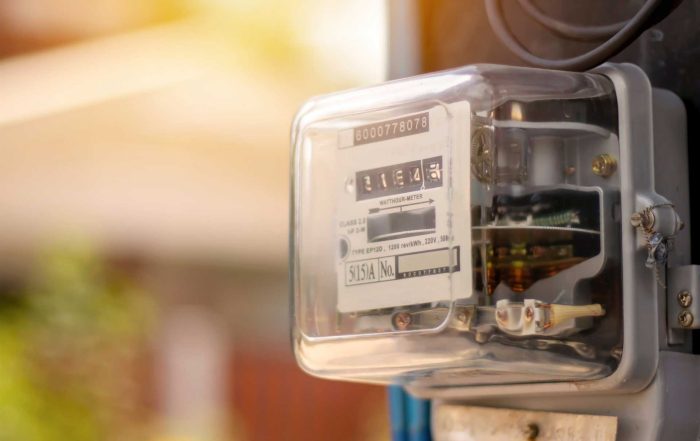Remodeling the Kitchen? Here’s Your Guide to Perfect Lighting
Remodeling the Kitchen? Here’s Your Guide to Perfect Lighting
If you are considering or currently undergoing a kitchen renovation, you may or may not have given much thought to one vital aspect: the kitchen lighting. Due to the high focus on appliances, tile, countertops and cabinetry, it’s easy to see why most people forget to consider or budget for their kitchen lighting while remodeling their kitchen. But, the truth is, how you illuminate your kitchen can make or break the effect of your dream space.
Modern kitchens have undergone a recent transformation from utilitarian areas to places where people gather, entertain and spend time with each other. To get the most out of your kitchen space and its entire myriad of uses, here is your guide to the perfect kitchen lighting.
Why Is Kitchen Lighting Important?
The kitchen is in many ways the highest performing room in any household. It needs to be both a functional and a pleasurable room to cook and spend time in; and to do that, it requires proper lighting. Shadows and glares caused by a badly lit kitchen are not only hazardous to your safety while cooking, but they also make entertaining in your kitchen awkward and undesirable. On the other hand, well-designed lighting can make your kitchen both a functional and an inviting space, and the secret to a well-lit space is layering.
Layering Kitchen Lighting For Functionality
Your kitchen space can have many functionalities, depending on the occasion. And just like your kitchen, your lighting has to work according to each individual function. While there are some lights that can offer more than one function, there really is no such thing as a single light that can take care of your whole kitchen. This is why layering multiple types of lighting is so important to achieving the right effect. Consider the three different layers of lighting:
Ambient Lights
Think of ambient lighting as the main source of light in your kitchen. It is a soft overhead light source that can combine with, or mimic natural light to give you maximum visibility throughout your kitchen surfaces and floors.
Task Lights
Task lighting is designed, as the name suggests, for lighting areas where common kitchen tasks are carried out. These are bright and direct sources of light over a kitchen island, the cooktop, under the cabinets or any other task space that make it easy to see and do kitchen duties.
Accent Lights
Accent lights work to accentuate and highlight special aspects and details in your kitchen. They can be used to illuminate special items such as valued china or art that’s housed in your kitchen.
A well-lit kitchen incorporates all three of these layers to achieve a multifaceted and dazzling result. And if this all seems rather overwhelming, don’t worry. We’ll review the types of fixtures that fall under each of these categories, and how you can properly integrate them in your dream kitchen remodel.
Types of Fixtures To Buy For Each Layer of Light
Now that we’ve established the distinct layers of light to combine for the optimal effect, let’s get into some specific types of fixtures that fall within each category. Notice that some of these lighting fixtures can serve in more than one category depending on your needs.
Ambient Lighting Fixtures
Any natural light that enters into your kitchen through windows, skylights, or other means obviously figures into your ambient lighting. But to supplement this light, you can use fixtures such as flush-mount, semi-flush-mount or recessed lighting, as well as lanterns or chandeliers suspended from the ceiling.
Task Lighting Fixtures
These fixtures can include pendant lights or LED strips that attach under your cabinets to give you perfectly lit countertops.
Accent Lighting Fixtures
Accent lighting includes cove lights that are built directly into your ceiling, and puck lights, which are discreet round or oval fixtures ideal for mounting inside or on top of cabinets.
Try to choose fixtures according to each layer type, but also according to one another as it relates to your design. You certainly want to think about the overall feel of your home and the surrounding areas of the kitchen to gauge what style will suit you best.
Establishing Proper Lighting Layout In Your Kitchen
The type of fixtures and layers you are incorporating will dictate their ideal position within your kitchen. Let’s review some basics for placing your lighting according to each layer and function.
Ambient
If you are installing a single flush-mount or semi-flush mount fixture, it should ideally be placed above your kitchen island, or centered on your ceiling if you do not have a kitchen island.
When installing multiple recessed lights, you will need to allow distance between them that is equal to half of the height of your ceiling. For example, if you have a ceiling measuring 10ft, then you will need to space your lights 5ft from one another. To avoid shadows, try to position your recessed lights over your countertops, a few inches behind the front edges.
Task
Accent lighting should be placed directly above the area where a specific task is performed, such as a chopping station, a cooktop, or any area that sees frequent activity. Place LED strips underneath cabinets to shed light on your countertops, or inside drawers to easily locate tools or utensils.
Accent
Accent lighting should be placed strategically to show off important details in your kitchen. Cove lights can be used to playfully light up ceiling ledges, while puck lights can conveniently be placed on the inside top of your cabinets to highlight valued pieces of interest.
Using Color Temperature To Your Advantage
Once you’ve decided on your fixtures and layout, you also need to think about the temperature of the light and the types of light bulbs you are going to use. As with other aspects, the color temperature should be selected according to your layer type and function of your fixture. Here are ideal choices for each function.
Ambient
For ambient lighting, choose bulbs that fall between 3,500 and 4,100 Kelvins (K), or the “Bright White” category light. This will ensure great visibility throughout your kitchen and give you a neutral, white light.
Task: Task lights need to be more direct and intense than your ambient, so opt for a bulb that falls toward the higher end of the 3,500K – 4,100K spectrum.
Accent
There are a couple different approaches to accent lighting. You can choose to use a warm backlight for objects of focus, in which case, you should go for bulbs that are 2,700K to 3,000K.
If, on the other hand, you want to highlight an architectural element in a sharper manner, you can go for bulbs as high as 3,500K to 4,100K.
CRI Rating
Another important thing to consider when choosing your bulbs is the color rendering index (CRI) rating. This rate tells you how color is interpreted in that light, so a low CRI light looks gray or devoid of color, while a higher rate can make colors appear brighter. Aim for a CRI of 80 or higher in your kitchen.
Energy Rating
Choose light bulbs with an Energy Star certification to ensure the utmost longevity and conserve energy in the process.
Final Thoughts
How you choose your kitchen lighting depends entirely on your vision and design, but we hope these guidelines help elevate your kitchen to a space of your dreams. Use your imagination and don’t be afraid to add a bit of drama to this otherwise pragmatic room. Your kitchen feeds your family in more than one way, and serves as an additional living space within your home. Adding strategic lighting elements will ensure your kitchen remodel gets the finishing touches it rightfully deserves.
If you need help with your Kitchen Lighting, we’d love to hear from you!



